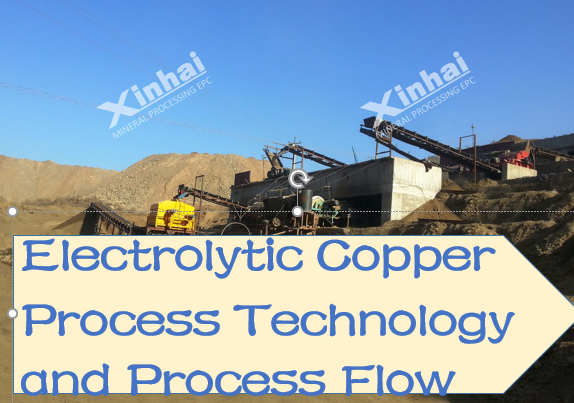Production of Blister Copper:The first step in the production of electrolytic copper is the smelting of copper sulfide ores to produce matte, which is then converted to blister copper through a fire refining process. This involves heating the matte in a furnace, allowing impurities to oxidize and separate from the copper .
Electrolytic Refining:The blister copper, which is about 99.7% pure, is cast into anodes and then used in the electrolytic refining process. The anodes are suspended in a bath containing a solution of copper sulfate and sulfuric acid. The cathodes, made of pure copper or stainless steel, are placed in the solution opposite the anodes.

Preparation of Anode Plates:The blister copper is cast into anodes, which are then cleaned and prepared for the electrolytic cells. These anodes are typically 99.7% pure copper .
Electrolyte Preparation:The electrolyte, a solution of copper sulfate and sulfuric acid, is prepared and circulated through the cells to maintain a consistent temperature and composition.
Electrolytic Cells:The cells consist of a series of anodes and cathodes immersed in the electrolyte. The anodes and cathodes are connected in parallel, and an electric current is passed through the cells, causing the copper to dissolve from the anodes and deposit onto the cathodes.
Copper Deposition:As the electric current passes through the cell, copper ions in the electrolyte are reduced and deposit onto the cathodes, forming a layer of pure copper. This process is highly selective, with impurities remaining in the electrolyte or settling as anode slime.
Cathode Stripping:Once the copper has deposited to the desired thickness, the cathodes are removed from the cell, and the copper is stripped from the cathode plates. This can be achieved mechanically or chemically .
Cathode Washing and Drying:The stripped copper must be thoroughly washed to remove any residual electrolyte and then dried before being packaged and shipped.
Electrolyte Recovery and Recycling:The electrolyte is continuously recovered and recycled within the system. Impurities are periodically removed to maintain the quality of the electrolyte.
Permanent Cathode Plates:The use of permanent cathode plates eliminates the need for starter sheets, reducing labor costs and improving efficiency.
Automatic Stripping:The ISA Process incorporates automatic stripping machines that remove the copper deposits from the stainless steel blanks, further automating the process.
Electrolyte Circulation:The electrolyte is circulated to ensure even distribution of copper ions and to maintain optimal operating conditions.
Computerized Monitoring:Cell voltage is monitored and controlled by computer systems, ensuring consistent and efficient operation.
© 2021 Yantai KZ Mining Processing Technology & Equipment Inc.